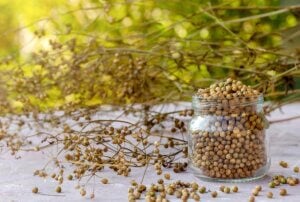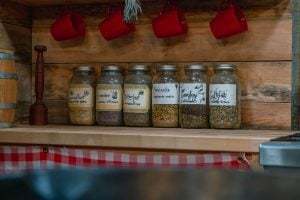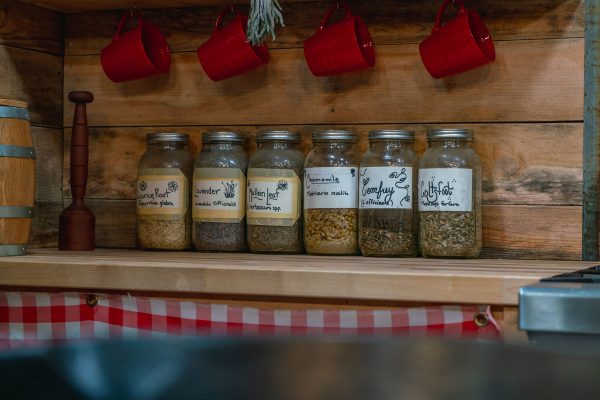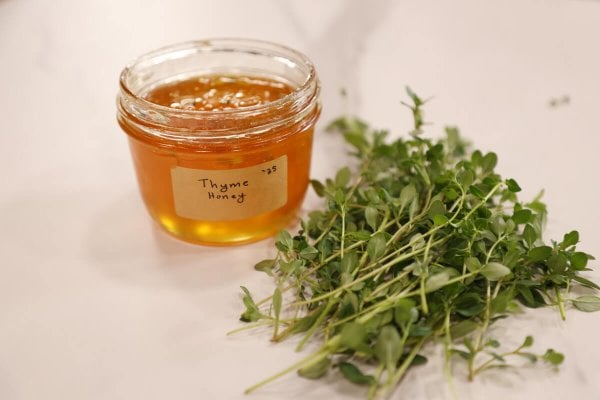Whether your goal is to grow a year’s worth of food or a modest instant garden, it’s important to learn common gardening mistakes, proper watering strategies for your garden, and ways to keep weeds out of your garden.

Yet, none of these efforts will yield a healthy garden if you have poor soil. Use this guide to learn how to test soil pH of your garden using a county extension office or using a home kit to send a sample to an independent laboratory.
Why You Should Learn How to Test Soil pH
When we first bought our property here on Riverbend, our garden area was mostly silty sand. It was lifeless dirt with virtually no biological life or organic material to be found. Obtaining a soil test was a critical step in building the soil quality in our garden.
Using the results from our soil test gave us direction to adapt the lasagna gardening method, start using homemade compost (with Josh’s easy method), and implement winter garden prep to create a better biome for our garden to thrive and produce abundantly.
Improving your soil takes time and care, but it is so rewarding when the effort you put into planning a garden makes a well-stocked pantry for the coming year.
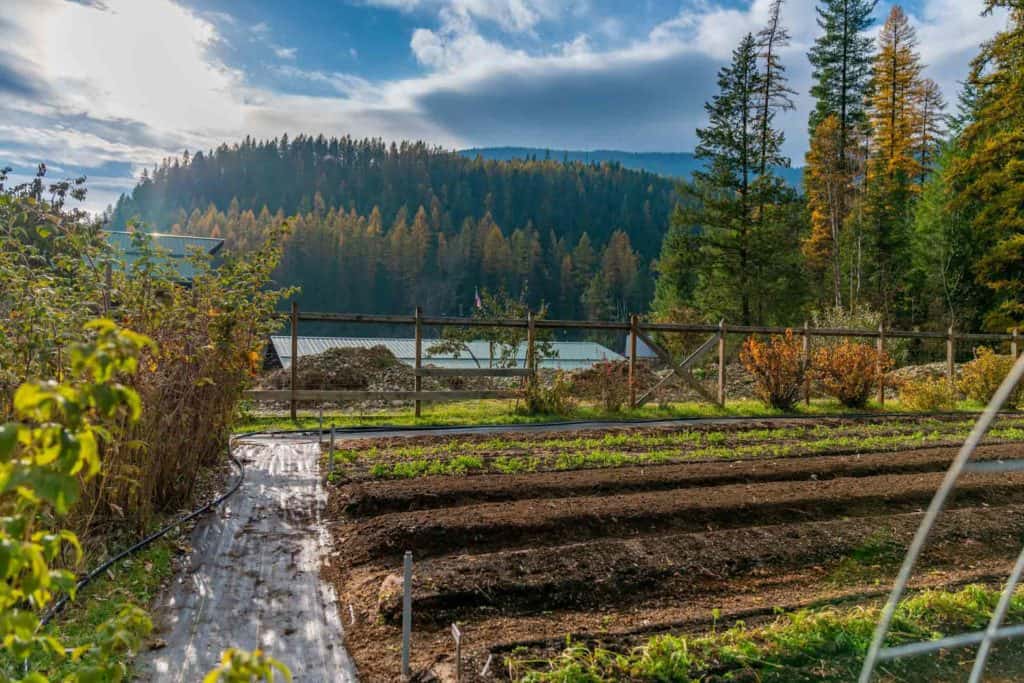
What Is Soil Testing
When you test your soil, you know exactly where your soil is on the pH scale. Soil pH ranges between acidic or alkaline and generally between 3.5 and 10.
- Less than 5.5 means your soil is strongly acidic.
- If your soil is above 5.5 but less than 6.5, it is considered slightly acidic.
- 6.5 to 7.5 indicates a neutral pH.
- Over 7.5 is an alkaline pH.
In addition to informing you whether or not your soil is acidic, soil tests reveal the available nutrients and minerals and the amount of silt, clay, and sand your soil holds.
Once you know this information, you can add or adjust the nutrients your soil needs and grow fruit and vegetables, flowers, medicinal herbs, or pastureland, which may all have different soil needs.
Homesteading Hack: It’s critical to do your research on the right amendments (and proper quantities) to use to correct your soil. For instance, while it is true that wood ash can help make the soil more alkaline, it is not true that pine needles will make the soil more acidic.

How Do I Know If My Soil pH Is Off?
The most obvious clue that your soil pH is off is the health of what is (or isn’t) growing in it. If your plants have stunted growth, yellowing leaves, are prone to disease, or are otherwise generally unhealthy, then checking your soil pH is a great place to start.
Once you take the soil sample from your garden and test it, you will know what is required to bring it to the best level for optimal plant growth. Depending on the size of your garden, you may need to take multiple soil tests to know the entire garden is balanced.
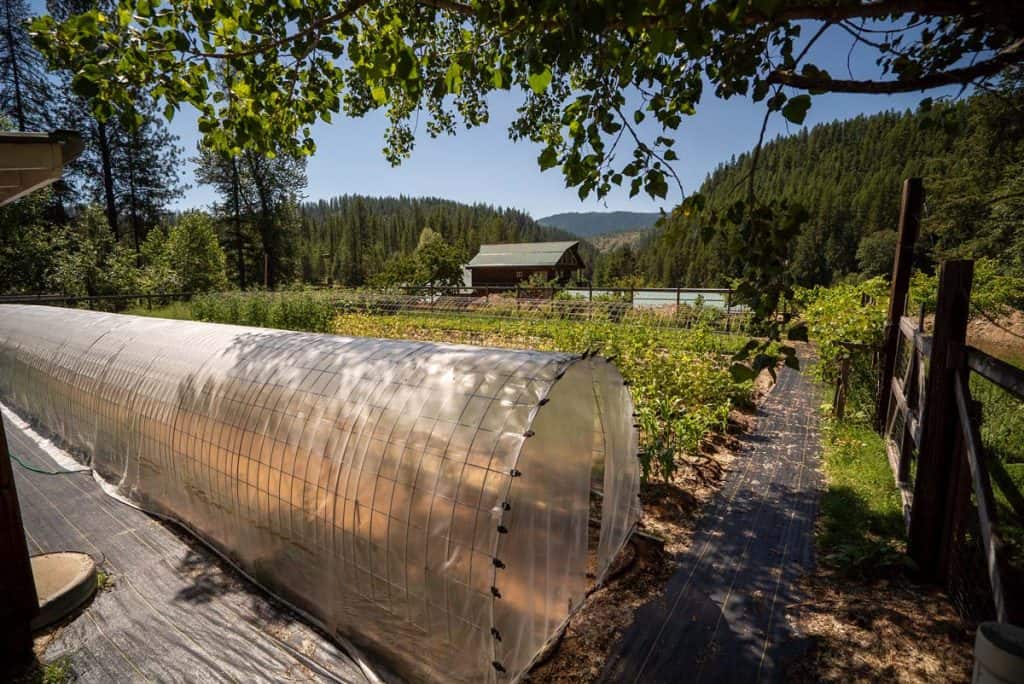
Best Time to Test Soil pH
Testing your soil can happen any time of year. Fall is a good time because you can add what’s needed to give you a jumpstart on spring gardening. It’s recommended that testing soil every three years works best, especially if you sow and plant year-round.
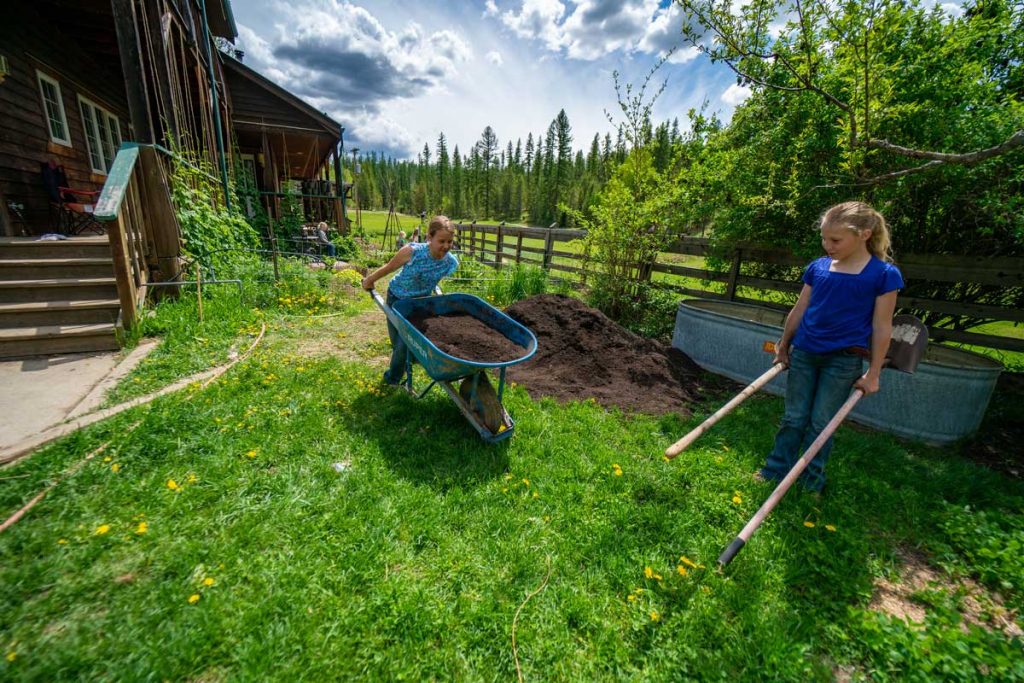
Supplies Needed
- Soil Test Kit – You can purchase soil test kits from an independent laboratory or check with your local county extension office. In some states, extension offices will test your soil for FREE. Alternatively, you can purchase a home soil test kit, or make a DIY kit using distilled water and ½ cup of baking soda or vinegar, depending on what you are testing for. The accuracy of these tests is not guaranteed, so we recommend using an extension office or an independent lab for the best results.
- Shovel – A hand trowel works well, too, for digging up a small amount of soil.
- Bucket – A bucket or large glass jar holds the soil gathered until you pull your sample.
- Soil – Gathering soil from different areas gives a more accurate test.
- Plastic Bag – Ziploc bags work great to place your sample in for testing.
- Marking Pen – Record the location to remember exactly where you took the sample.

How to Test Soil pH: Step-by-Step
- Gather all the necessary items, the test kit, bucket, shovel, a Ziploc bag and marking pen.
- Brush away leaves, sticks, branches and any organic matter from the top of the soil you are testing. (Make sure it isn’t an old burn pile, compost pile or dump site.)
- Dig down into the soil with your shovel or trowel at least 6-8 inches, creating a nice shovel-shaped hole.
- Excavate a 1-2 inch width soil scoop from one side of the hole to the other.
- From that scoop of soil, remove a smaller scoop of soil from the center of your soil sample.
- Gather soil samples from several places using steps four and five, placing the samples in the bucket.
- After you have gathered several samples, mix all the soil samples thoroughly.
- Scoop out the recommended amount of soil from your test kit instructions and follow the directions. (Some tests recommend allowing the soil to air dry for a few days, then placing it in your Ziploc bag.)
- Using your marking pen, put the required information asked by the test kit you obtained.
- Take your sample to the extension office or follow the instructions on the test kit purchased from an independent lab.
- After you receive your results, seek information on the soil amendments specific for optimal plant growth in your soil.
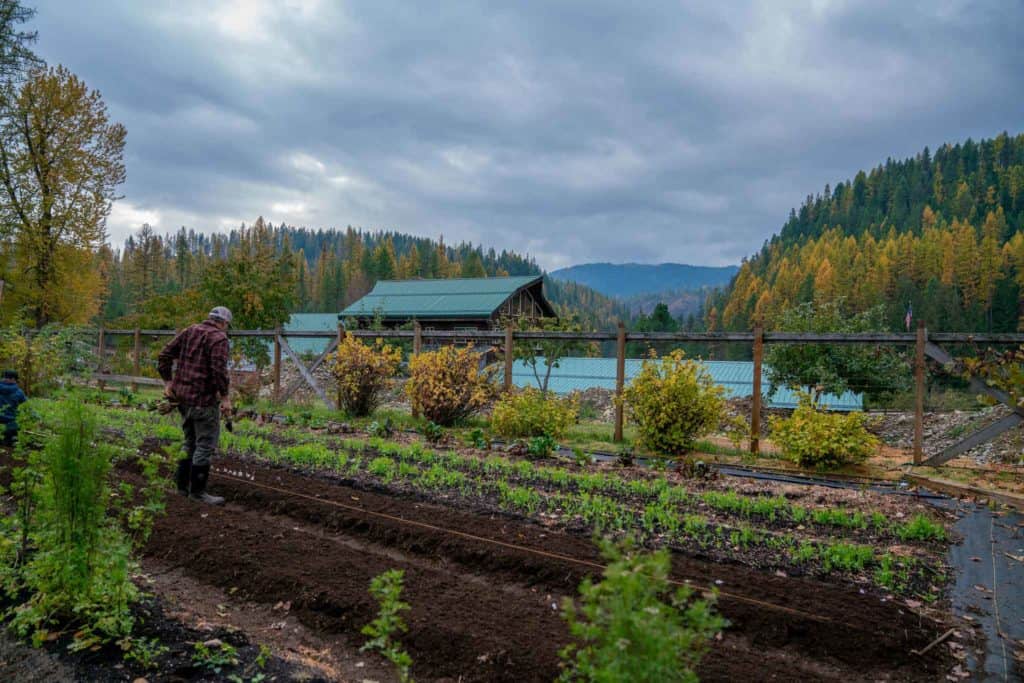
Homestead Permaculture
Have you ever wondered what is permaculture and how it might help you on your homestead or in your garden? Join us for our Permaculture For Your Homestead Workshop. In this 50-minute crash course, you will learn the basics of permaculture and how it can make your homestead, garden and home produce more with less effort.



